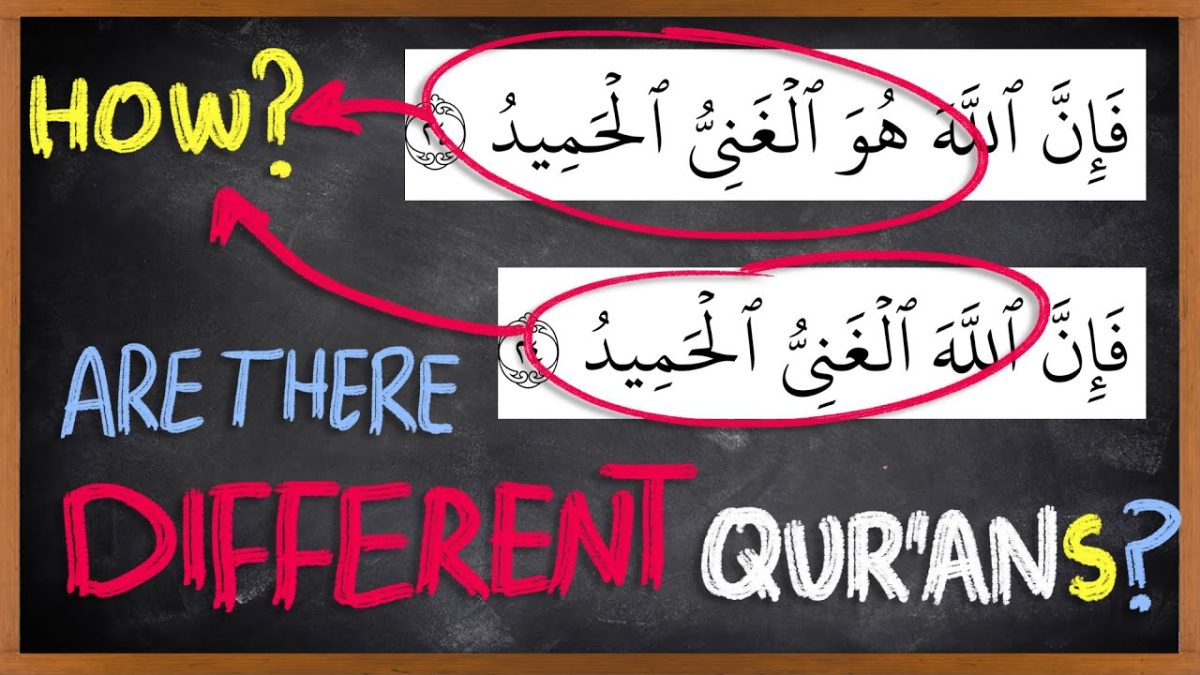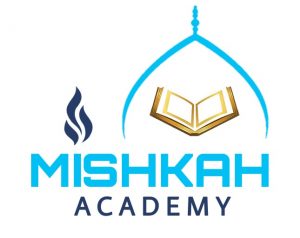A Riwayat is a term used in the study of the Quran to refer to the various chains of transmission through which the verses and teachings of the Quran have been passed down. These Riwayat, also known as Qira’at, are essential for understanding and interpreting the Quran, as they provide insight into its historical context and linguistic nuances.
There are a total of 10 different Riwayat that have been officially recognized by Muslim scholars. Each of these Riwayat has its own unique chain of narrators, tracing back all the way to Prophet Muhammad (peace be upon him). These chains were meticulously preserved and passed down from generation to generation, ensuring the authenticity and accuracy of the Quran.
What is Riwayat?
Table of Contents
ToggleRiwayat can be defined as different modes or styles of reciting the Quran with slight variations in pronunciation, intonation, and rhythm. The word “riwayat” comes from the Arabic root word “rawa,” which means to narrate or transmit. Hence, riwayat refers to a mode or method of narration that has been passed down from generation to generation. These riwayat have been passed down through generations and each has its own unique style and pronunciation.
The concept of riwayat dates back to the time of Prophet Muhammad (PBUH), who would recite verses of the Quran to his companions in different ways depending on their dialects and abilities to understand. This led to various forms of recitation being established during his lifetime itself.
List of 10 Different Riwayat Of Quran
1. Hafs ‘an ‘Asim
This is considered to be one of the most widely accepted and popularly recited Riwayat. It traces back to Asim ibn Abi al-Najud who learned directly from Abu Bakr al-Siddiq, one of Prophet Muhammad’s closest companions.
2. Warsh ‘an Nafi’
This Riwayah was transmitted by Nafi’ al-Madani, a prominent scholar in Medina who studied under Abdullah ibn Umar (another companion of Prophet Muhammad).
3. Qalun ‘an Nafi’
This Riwayah is similar to Warsh except for some minor differences in pronunciation and recitation.
4. Al-Bazzi ‘an Ibn Kathir
This Riwayah traces back to Ibn Kathir, a student of Nafi’ al-Madani.
5. Qunbul ‘an Ibn Amir
This Riwayah is named after its narrator, Ibn Amir al-Dimashqi, and was transmitted through his student Qunbul.
6. Ibn Jummaz ‘an Abu Ja’far
This Riwayah traces back to Abu Ja’far Muhammad ibn Ali al-Qari, a scholar from Kufa who learned from Hammad ibn Salamah, a companion of Imam Ali (the fourth caliph).
7. Khalaf ‘an Hamza
This Riwayah is named after its narrator, Khalaf ibn Hisham al-Baghdadi, who learned directly from Hamza al-Zayyat, another prominent scholar from Kufa.
8. Khallad ‘an Al-Kisa’i
This Riwayah is also known as the “Kufi” recitation and traces back to Al-Kisa’i, a student of Hafs.
9. Duri ‘an Abu Amr
This Riwayah traces back to Abu Amr ibn al-‘Ala’, a prominent scholar from Basra who studied under list of 10 different Riwayat including:
10. Susi ‘an Abul Harith
This Riwayah traces back to Abul Harith al-Susi, who learned directly from Imam Ali.
The reason for the existence of these 10 different Riwayat is due to the vastness of the Arabic language and its various dialects. The Quran was revealed in the dialect of the Quraysh tribe in Mecca, and as Islam spread to other regions, the local dialects influenced the recitation of the Quran. This led to minor differences in pronunciation and recitation, which were preserved by the different chains of narrators.
Despite these differences, all 10 Riwayat are considered equally valid and accurate, as they all trace back to Prophet Muhammad (peace be upon him). They serve as a testament to the preservation of the Quran and its teachings throughout history.
Common Misconceptions About The 10 Riwayat Of Quran
There are several misconceptions surrounding the 10 Riwayat, or different recitations, of the Quran. These misconceptions often stem from a lack of understanding or misinformation. In this section, we will address some of the most common misconceptions about the 10 Riwayat.
1. The 10 Riwayat are Different Versions of the Quran
One of the most common misconceptions is that each of the 10 Riwayat represents a different version or translation of the Quran. This is not true. The core message and content of the Quran remain unchanged in all 10 recitations. The differences lie in minor variations in pronunciation and dialect, as well as slight variations in wording that do not alter the meaning.
2. All 10 Riwayat have Equal Validity
Another misconception is that all 10 Riwayat have equal validity and can be used interchangeably for recitation and study purposes. While all 10 recitations are considered authentic and valid by scholars, certain recitations may hold more weight or authority than others based on their chains of transmission (sanad). For example, Hafs and Warsh are two widely accepted recitations with strong chains of transmission, while others may be less commonly used.
3. The Differences Between the 10 Riwayat are Significant
Some people believe that there are major differences between the various riwayat which lead to conflicting interpretations or understandings of certain verses. However, these differences are mostly minor and do not affect the overall meaning or message of the Quran. Additionally, scholars have extensively studied and compared the different recitations to ensure the preservation of the Quran’s original text.
4. The 10 Riwayat were Created after the Time of Prophet Muhammad
Some people believe that the 10 Riwayat were invented or created after the time of Prophet Muhammad (peace be upon him). This is not true. The different recitations were originally transmitted orally from the time of Prophet Muhammad, who himself recited and taught different versions of certain verses to his companions. Over time, these variations were recorded and preserved by scholars.
5. Memorizing one Riwayah is Enough
There is a misconception that memorizing one riwayah (recitation) is sufficient for learning and understanding the Quran. While it is commendable to memorize any riwayah, it is important to also study and understand other recitations in order to gain a more comprehensive understanding of the Quran.
6. The 10 Riwayat are only Relevant for Reciters
Another common misconception is that the 10 Riwayat are only relevant for those who wish to become proficient in Quranic recitation (Qaris). In reality, having knowledge about the different recitations can benefit anyone studying or teaching the Quran, as it provides a deeper understanding of the language and allows for a more nuanced interpretation.
7. The 10 Riwayat are only for Muslims
Some people may believe that the 10 Riwayat are exclusively for Muslims and cannot be studied or appreciated by non-Muslims. However, the Quran is considered a universal message for all of humanity, and its recitations can be studied and appreciated by anyone interested in learning about Islam and its scriptures.
Benefits of Learning Riwayat Of Quran
Here are some benefits of learning different riwayat of quran.
- Enhances Understanding: Learning multiple riwayat allows one to gain a deeper understanding of the Quran’s meaning and message. Each recitation may have slight differences in pronunciation or emphasis on certain words, which can bring out different layers of meaning in a verse. By learning different riwayat, one can gain a more comprehensive understanding of Allah’s words.
- Improves Memorization: Reciting the Quran with proper Tajweed (rules governing correct pronunciation) requires practice and repetition. By learning multiple riwayat, you can improve your memorization skills as you will be reciting the same verses in different ways, helping you to remember them better.
- Cultural Appreciation: The different riwayat of the Quran originated from various regions, and each has its unique style and tradition of recitation. By learning multiple riwayat, one can appreciate the cultural diversity within Islam and understand how the Quran is recited in different parts of the world.
- Spiritual Connection: Reciting the Quran is a form of worship for Muslims, and it is believed that every time one recites a verse with proper Tajweed, they are rewarded by Allah. By learning multiple riwayat, one can experience a deeper spiritual connection with Allah as they immerse themselves in His words through various recitations.
- Preservation of Tradition: Learning multiple riwayat helps to preserve the rich oral tradition of transmitting the Quran. With each generation, fewer people are able to recite the Quran with proper Tajweed, and by learning different riwayat, we can ensure that this tradition continues to thrive.
Learning multiple riwayat not only enhances our understanding of the Quran but also brings numerous other benefits such as improving our memorization skills, appreciating cultural diversity within Islam, and strengthening our spiritual connection with Allah. It is a valuable opportunity to immerse ourselves in the beauty and wisdom of the Quran and enrich our lives as Muslims.
Conclusion
10 Riwayat represents different ways of reciting the same divine text, with minor variations in pronunciation and wording. These differences do not change the fundamental message of the Quran, which remains unchanged in all 10 recitations. The diversity in recitation styles enriches our understanding of the Quran and showcases its miraculous nature.






